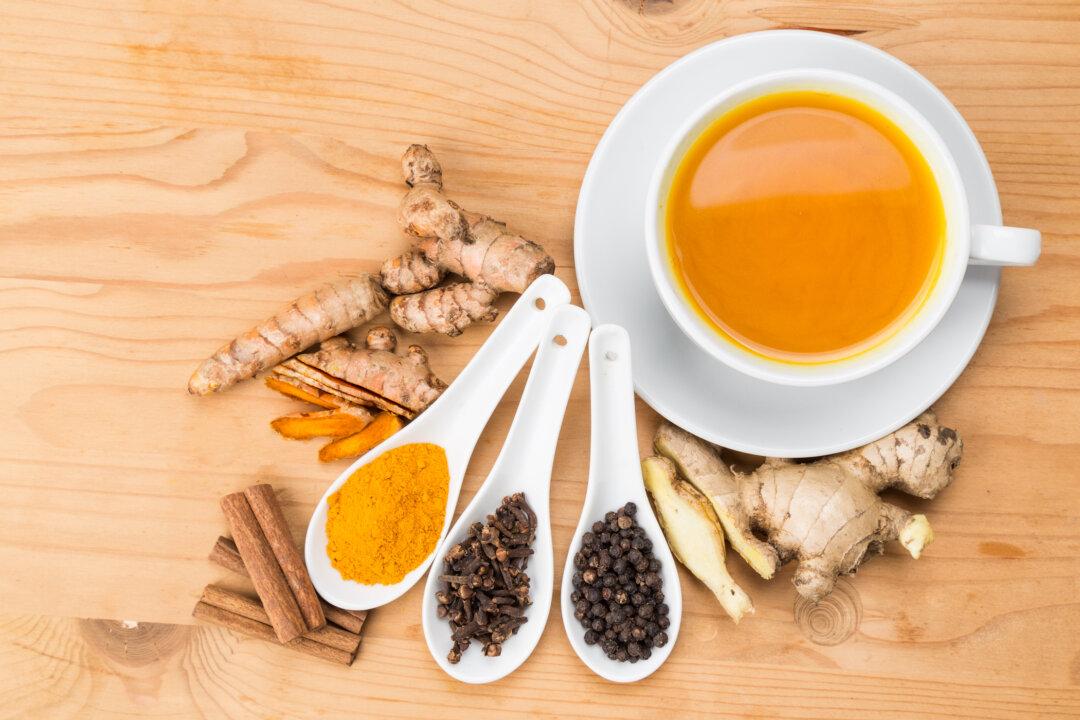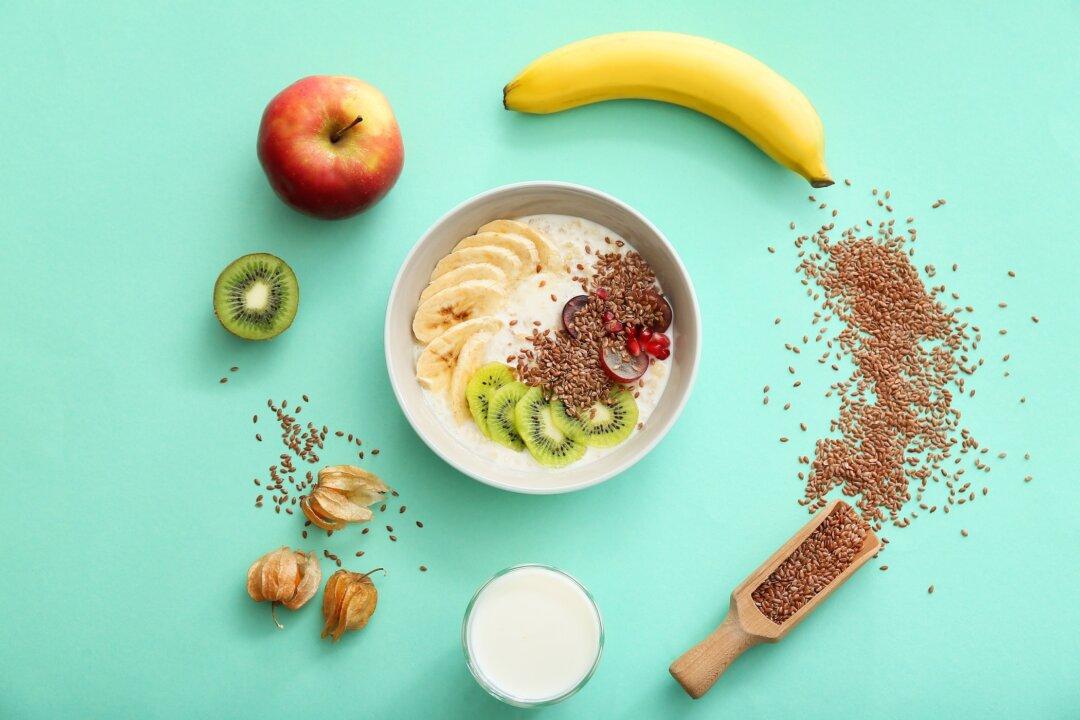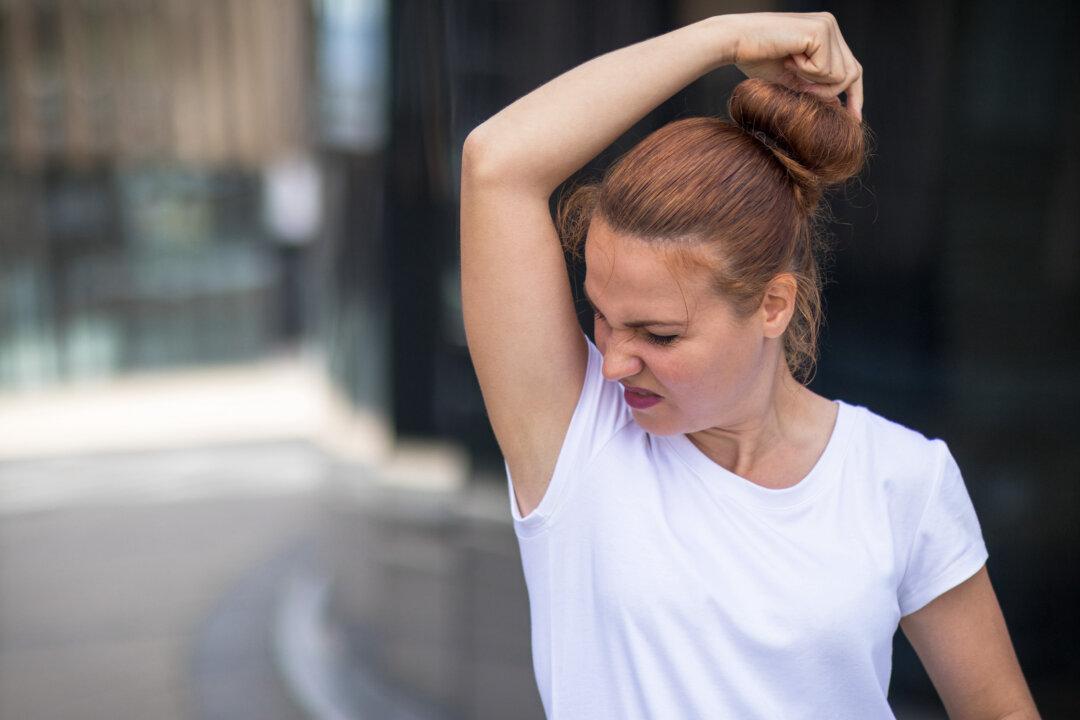When I used to teach medical students at Tufts, I gave a lecture about this amazing new therapeutic called “iloccorB.” I‘d talk about all the new science, all the things it could do, its excellent safety profile. Just as they were all scrambling to buy stock in the company and prescribe it to all their patients, I’d do the big reveal. Apologizing for my dyslexia, I would admit that I'd got it backwards. All this time I had been talking about broccoli.
The main active ingredient in broccoli is thought to be sulforaphane, which may protect our brains, protect our eyesight, protect our bodies against free radicals, induce our detoxification enzymes, and help prevent and treat cancer. For example, in my video Broccoli Versus Breast Cancer Stem Cells I talked about sulforaphane targeting breast cancer stem cells.





